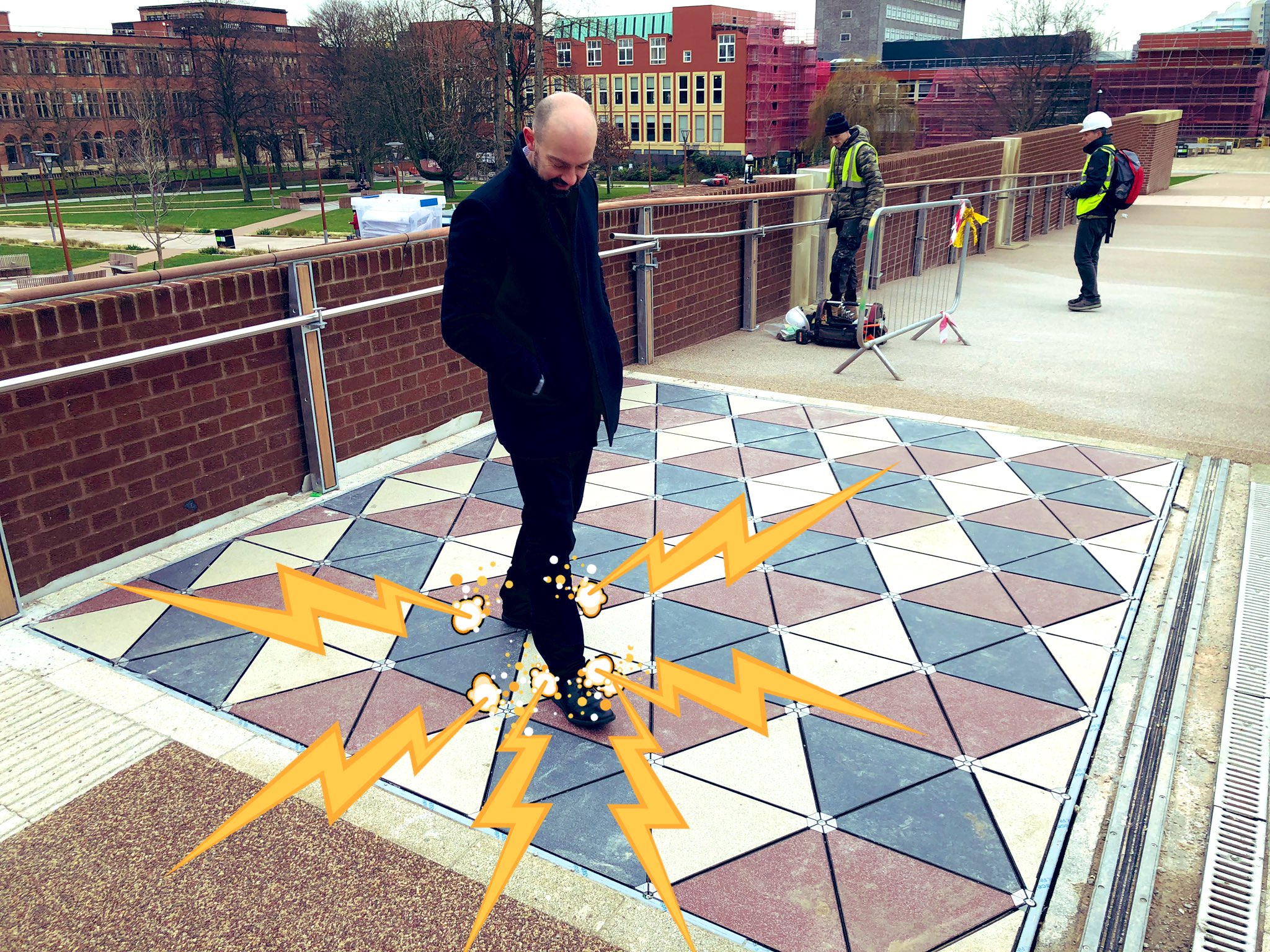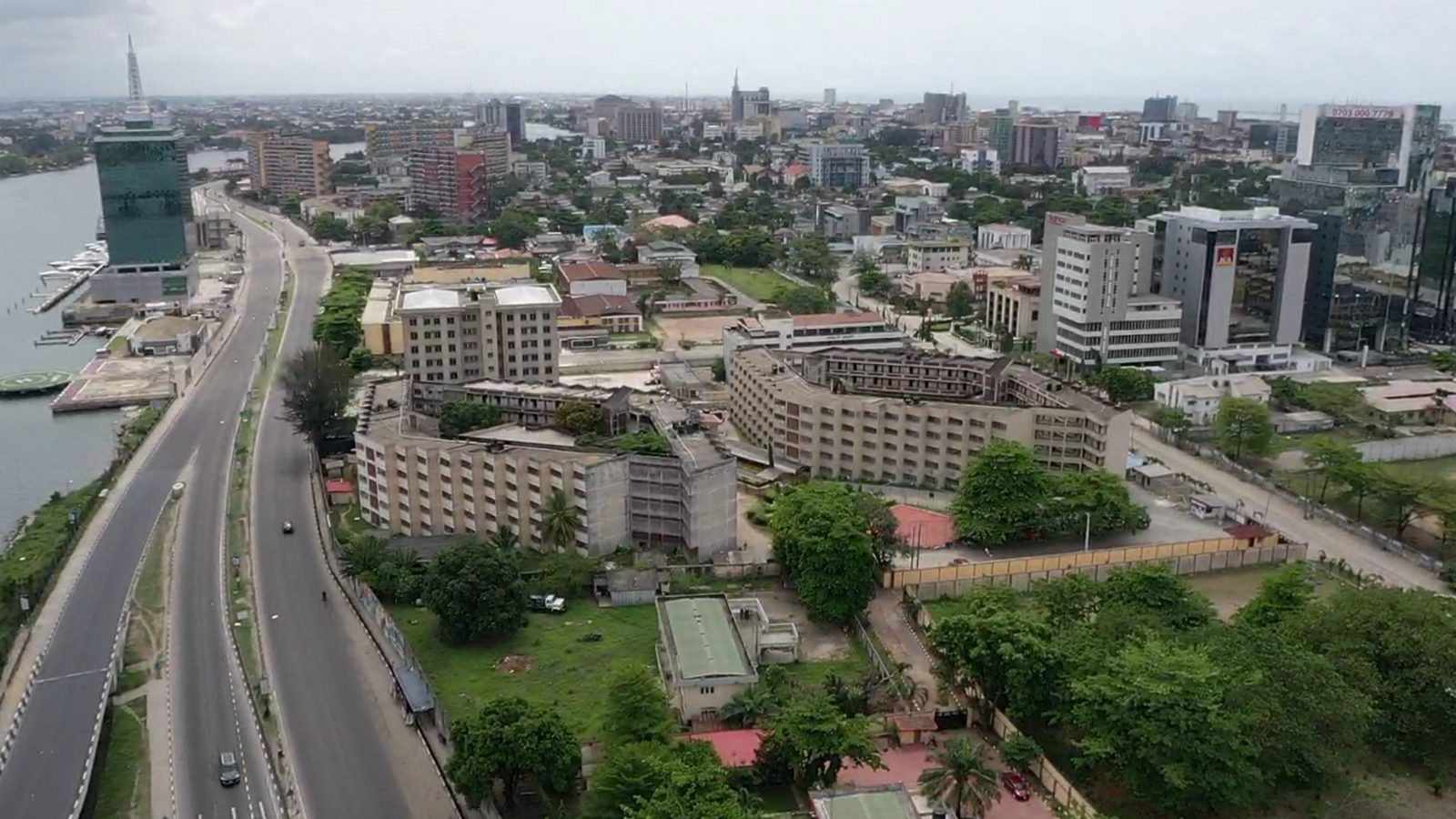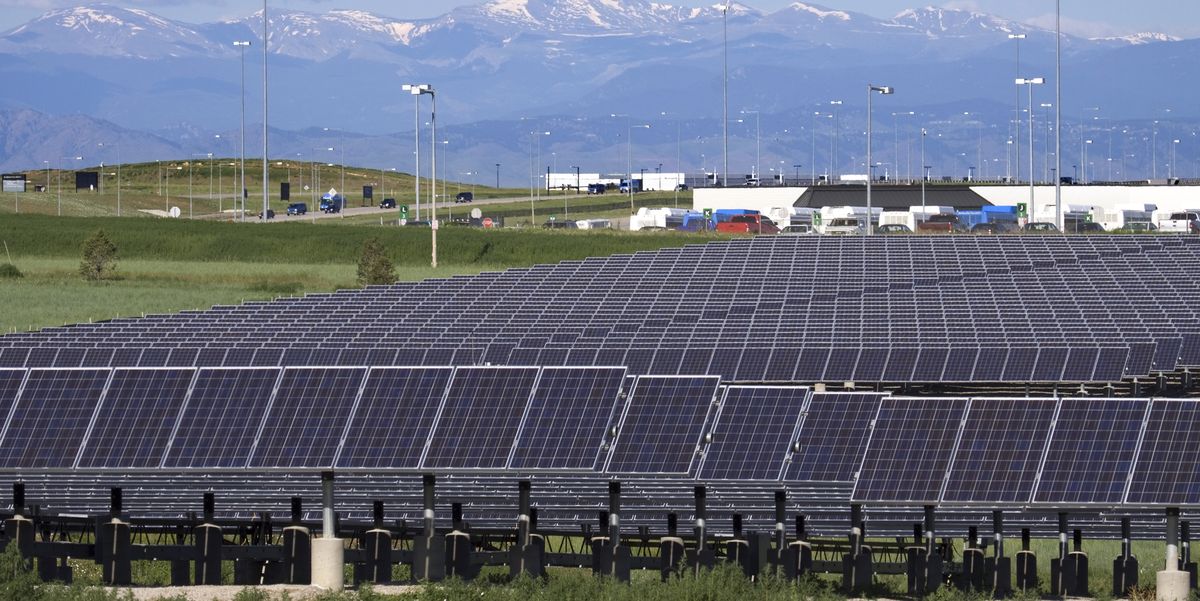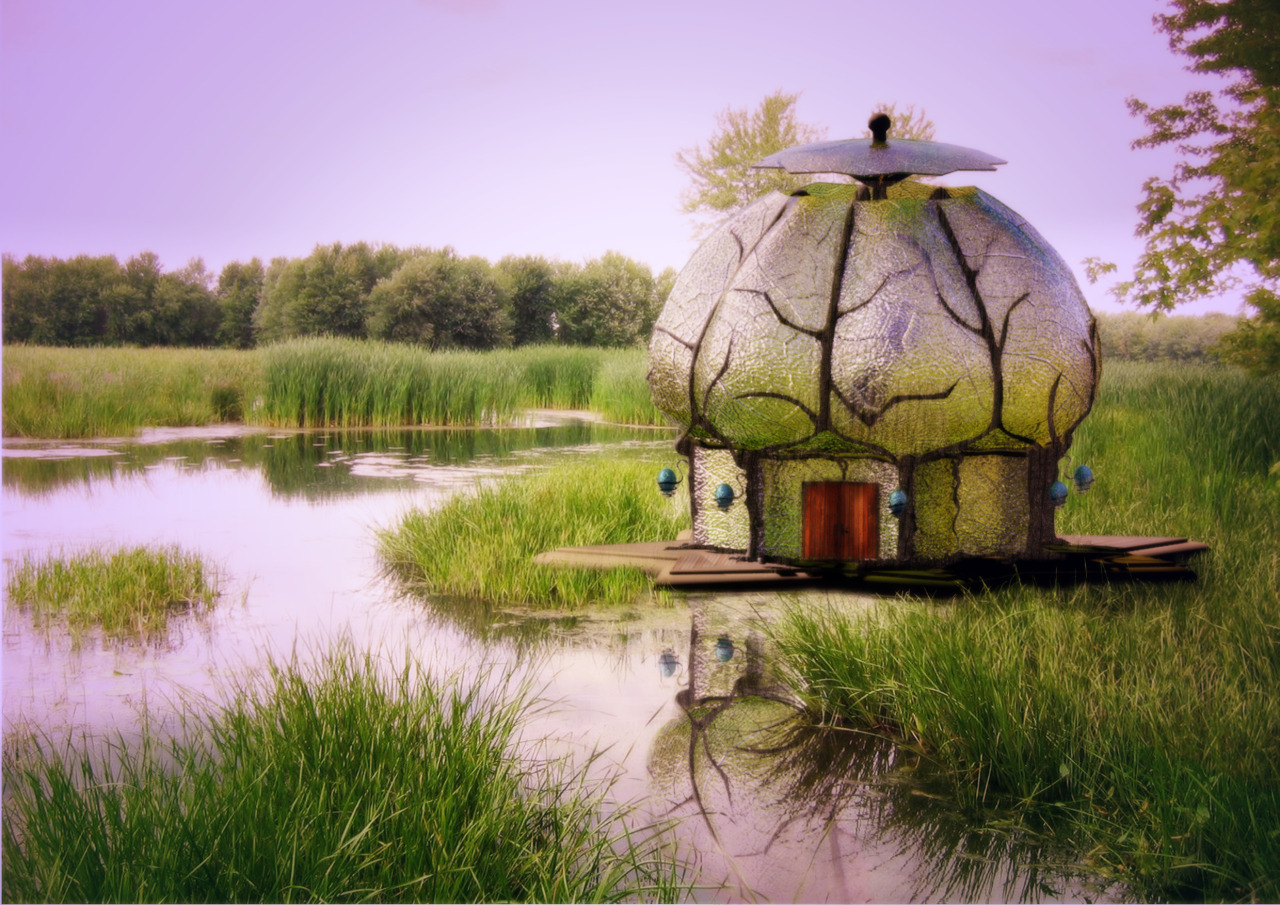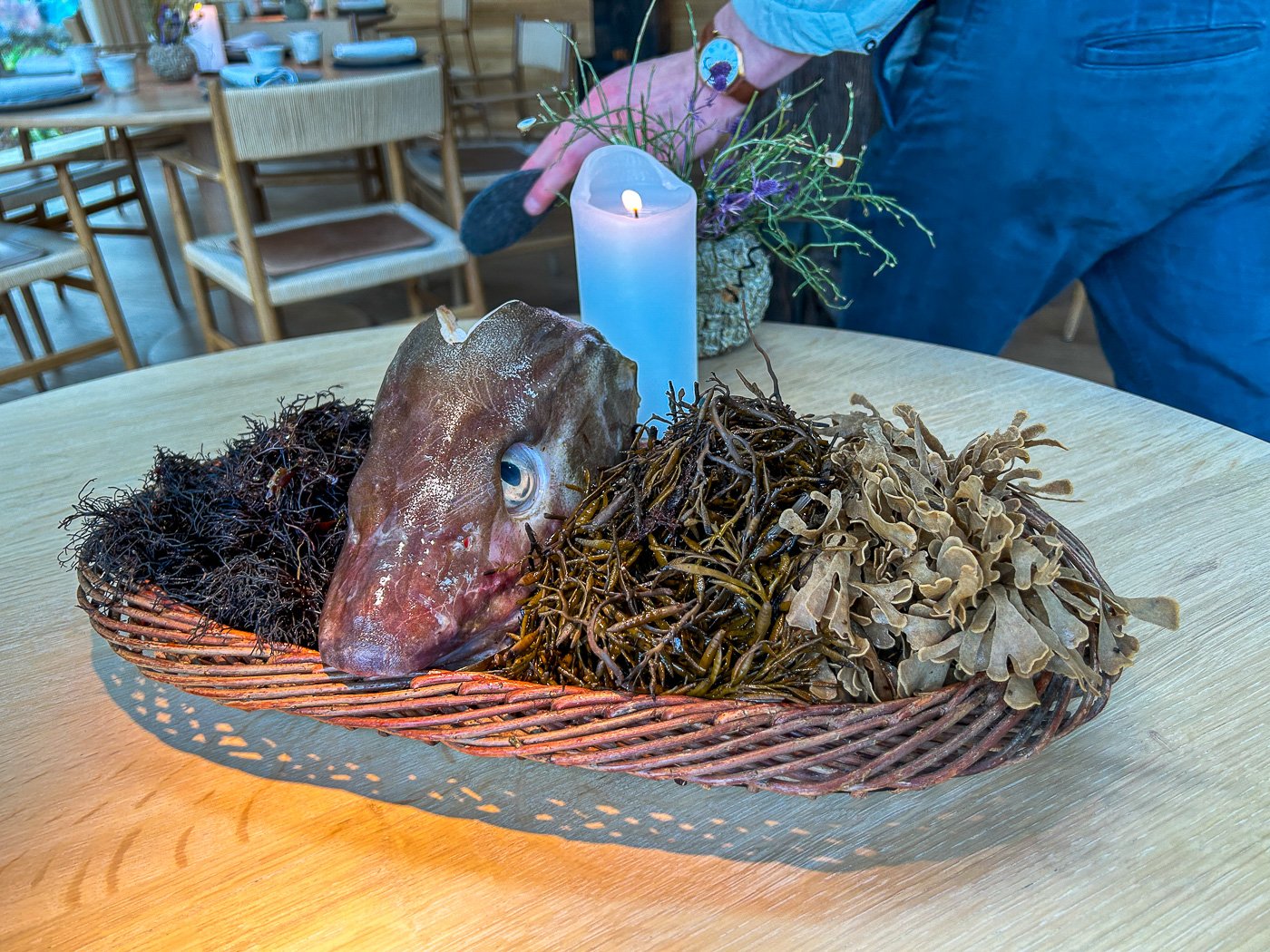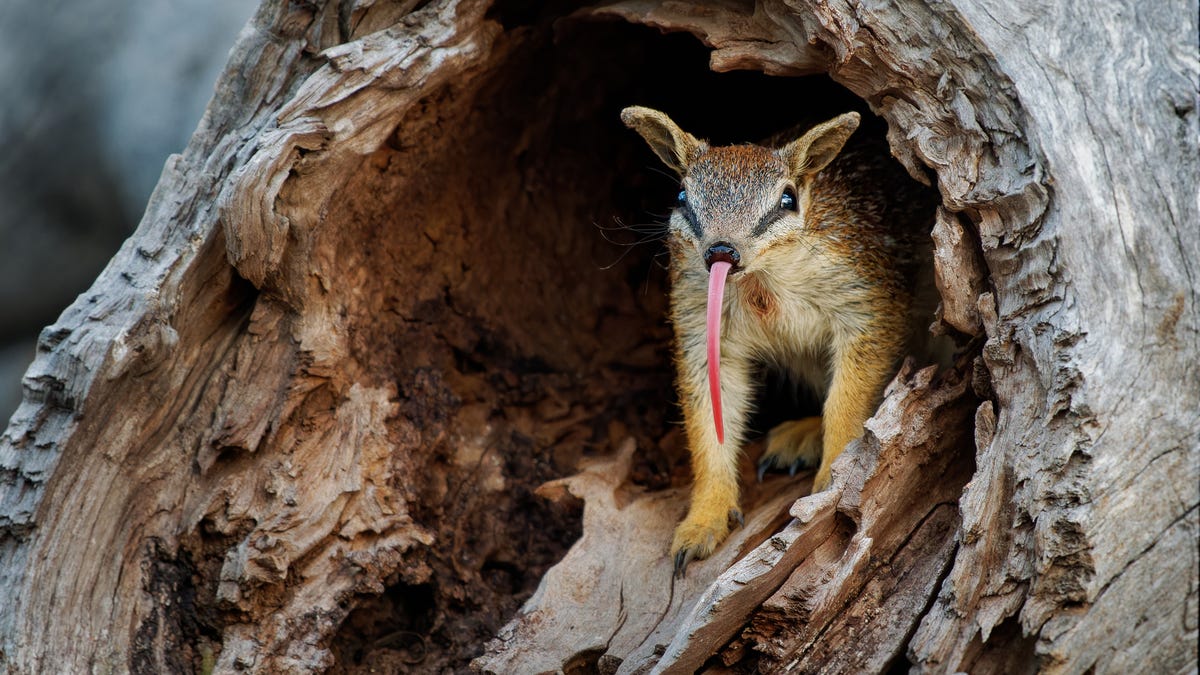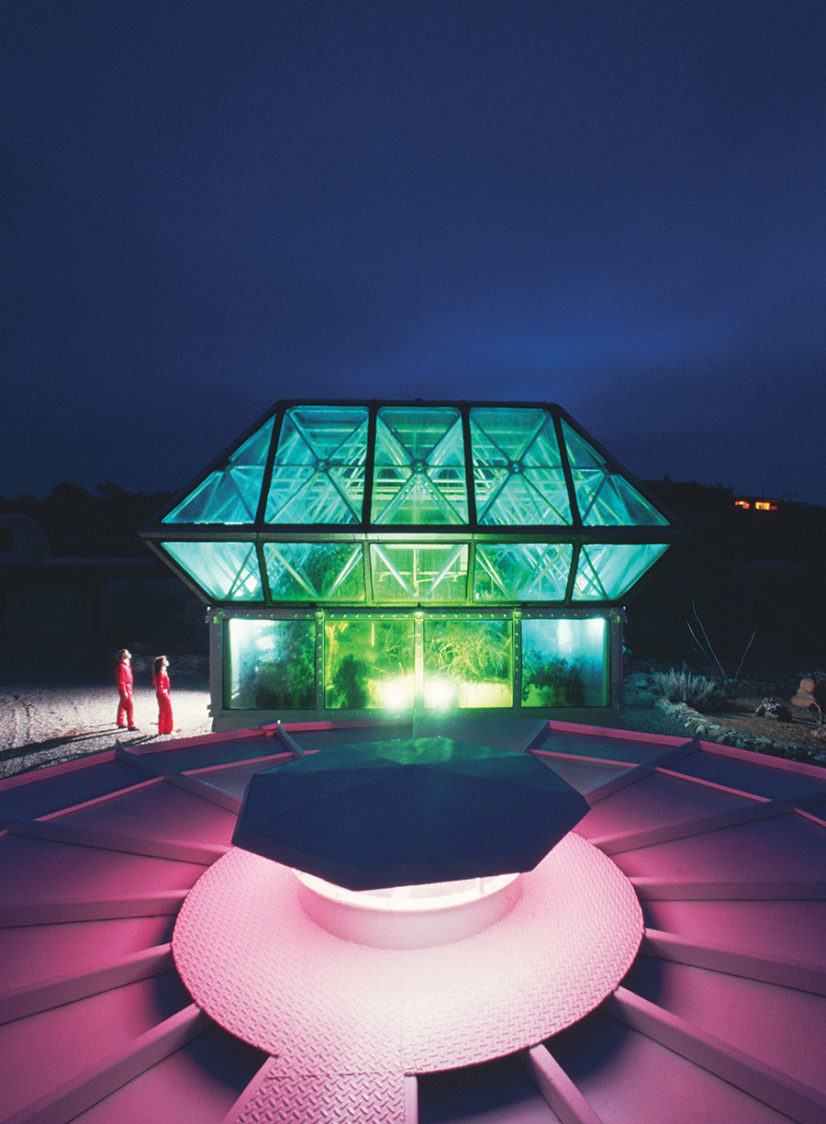
Another Green World, by Jessica Camille Aguirre
After the bang, much later, after our sun took shape and the earth began to emerge from a molten conflagration that hummed and spat and heaved forth gases that would envelop the entire planet; after bacteria in its waters exhaled enough oxygen to encourage inchoate life, an infinitesimally small portion of which would endure billions of years of evolution to plant seeds and build cities and poison the waters from which it came and turn verdant rainforests to toxic dust; and after that life then began to dream of venturing out into the stars, one man stood in a greenhouse near Tucson, Arizona, and thought about how to re-create it all.
The man, an amateur scientist named Kai Staats, went outside and hosed himself down in the 105 degree heat. Clouds were piling up to the east, but Staats was on deadline and couldn’t let the prospect of foul weather upset his experiment. Staats was a space man. Although he didn’t work for a space agency or have a degree in astrophysics, he had joined a number of endeavors that aspired to launch mankind farther into the cosmos. He had volunteered for a high-altitude ballooning experiment led by an archaeology professor who made DIY space suits. He had worked on a prototype space base in Utah, and tried to advise a doomed attempt to build a colony on Mars. In Arizona, he was embarking on his most quixotic project yet: the construction of a sealed human habitat, one in which people could exist in a miniature environment unconnected to the earth’s atmosphere. Perfecting this technology—known as a closed loop—could allow humans to survive far from the planet for months, enabling long-distance space travel and, eventually, the colonization of other celestial bodies. Staats named his project Space Analog for the Moon and Mars. He called it SAM for short.
SAM wasn’t being built from scratch. Instead, Staats was refurbishing an old test module that had been used for a similar project aborted some three decades earlier. Down a dirt road was the site of that experiment: a glass building of serried arches and a stepped pyramid. Biosphere 2, as it was called (Biosphere 1 was Earth), looked like an extraterrestrial cathedral. It consisted of seven biomes—including a rainforest, a marsh, a desert, a farm, and an ocean with a coral reef—stretching across more than three acres enclosed under white domes. In the early Nineties, eight people had lived inside for two years, shut off from the world except for sunlight and electricity. They were the first of fifty planned crews; the mission was intended to last one hundred years. Instead, it came to be dismissed as a failure by much of the scientific establishment after nineteen of its twenty-five vertebrate species went extinct and carbon dioxide levels shot up so high that half of the crew developed sleep apnea. Its financier instigated an armed takeover, and now the site serves as a research center and tourist attraction.

